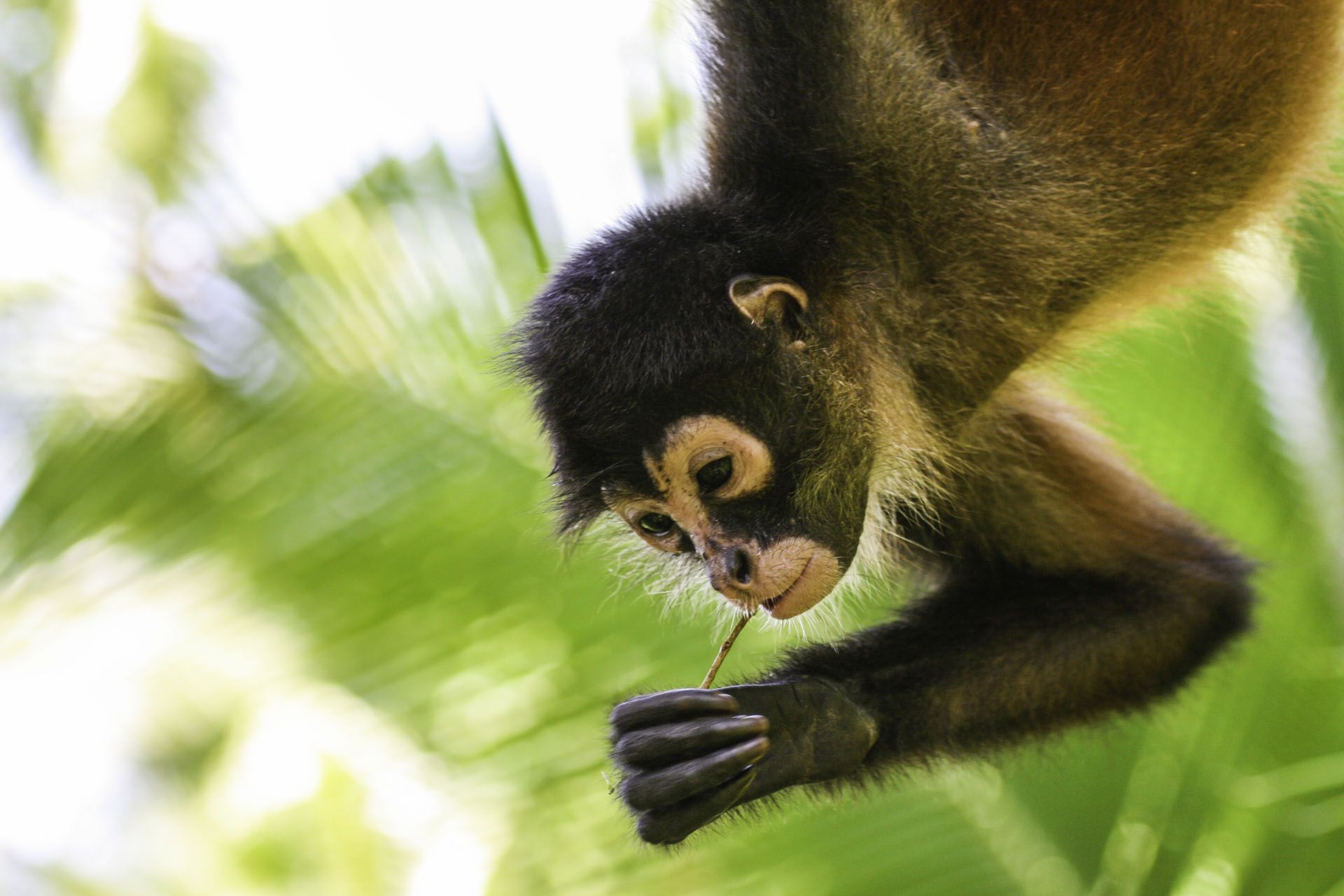The summit
The rangers based at the summit of Cerro Chirripó are friendly, and in the high season (Jan–April) you can ask to accompany them on walks near the summit to avoid getting lost. Do not expect this, however, as it is not their job to lead guided walks.
It’s just two hours’ hike (5.1km) from the lodge along a well-marked trail to the summit. There’s a bit of scrambling involved, but no real climbing. You’ll need to set off by dawn, as clear weather at the peak is really only guaranteed until 9 or 10am.
From the top, if it’s clear, you can see right across to the Pacific. However, you’re above the cloud line up here, and the surrounding mountains are often obscured by drifting, milky clouds.
Preparing for the hike
While Chirripó is hot at midday, it frequently drops to freezing at the higher altitudes at night. You should bring warm clothing (temperatures can fall to -7°C at night) and a proper sleeping bag (though these can be rented on site), a blanket, water, food and a propane gas stove.
A short list of clothing and other essentials might include a good pair of boots, socks, long trousers, T-shirt, shirt, jumper, woolly hat and jacket, lots of insect repellent, sunglasses, first aid (for cuts and scratches), gloves (for rocks and the cold), binoculars and a torch. Note that the albergue only has electricity between 6pm and 8pm.
During the hike
Watch out for altitude sickness. If you’ve made a quick ascent from the lowland beach areas, you could find yourself becoming short of breath, experiencing pins and needles, nausea and exhaustion. If this happens, stop and rest; if symptoms persist, descend immediately.
Into epic walks? Read up on the best hikes in Costa Rica. Unsurprisingly, climbing Cerro Chirripó is one of them.
#2 Watch wildlife
Many mammals live in Cerro Chirripó National Park, and you may see spider monkeys as you climb from the lower mountain to the montane rainforest.
Your best bet for bird-spotting is in the lower elevations. Along the oak and cloudforest sections of the trail you may spot hawks, trogons, woodpeckers and even quetzals. In the cold and inhospitable terrain higher up, you’ll only see robins and hawks.
Love nature and wildlife? Discover the most beautiful national parks in Costa Rica.




